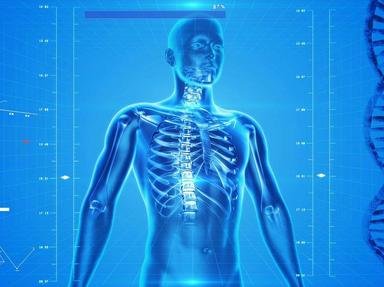Quiz Answer Key and Fun Facts
1. Which of these actions cannot be said to be an effect of insulin?
2. Which of these enzymes can be found in saliva?
3. Lymph capillaries are involved in the drainage of what?
4. After undergoing ultrafiltration and selective reabsorption, this fluid passes out of the body via the urethra.
5. Humans cannot store excess amino acids and so they must be converted into what substance?
6. What are the usual products when lipids are broken down in the human body by lipase?
7. Impulses are passed from one neurone to the next across a synapse via a neurotransmitter. What is the neurotransmitter found in adrenergic synapses?
8. This substance is present in several parts of the body. It is present in the stomach and its function is to prevent damage to the stomach walls by acid erosion.
9. ADH is secreted by which endocrine gland?
10. Proteins are made up of monomers called amino acids. Which element is not always present in amino acids?
Source: Author
doublemm
This quiz was reviewed by FunTrivia editor
crisw before going online.
Any errors found in FunTrivia content are routinely corrected through our feedback system.


